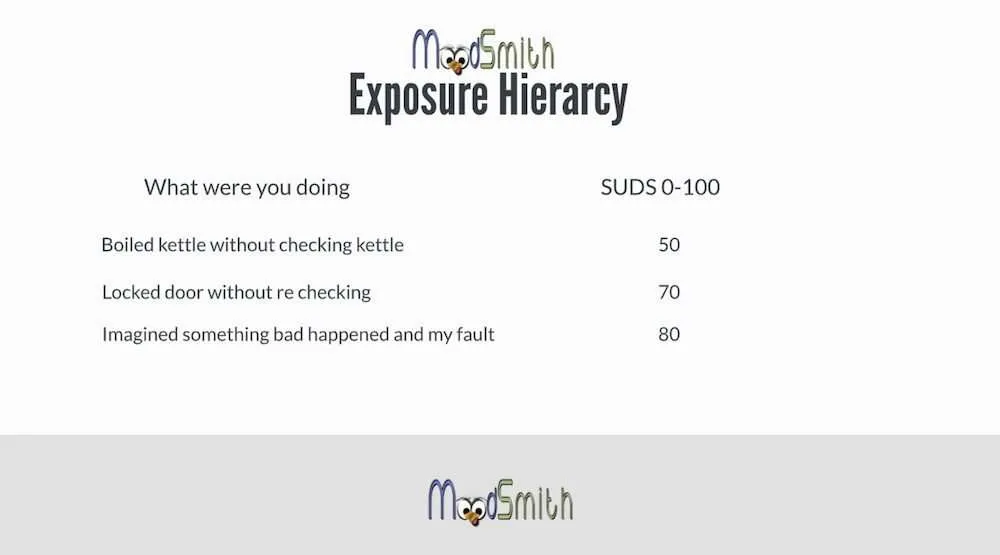I know I am straight, but my head thinks I’m gay.
I’m straight, but looking at other men (women), I want to know if I find them attractive.
I don’t think I’m gay, but I set up these tests to find out, as I am not sure.
Note. This article is not for people who are sure of their sexuality and are attracted to members of the same sex and are figuring out how to ‘come out.’ This article is for those readers who know their sexuality isn’t changing, but they keep thinking that maybe it should. It is aimed at those readers who are experiencing confusion regarding their thoughts about their sexuality.
These are the questions people ask themselves when they first notice something is not quite right. It can be a shock to think this way as it clashes with who you thought you were as a person.
I am a psychologist. When I set out to write this article, I thought of people who saw me for therapy when they were confused and upset at some thoughts and ideas popping into their heads.
Once I realised people do not come to see me for treatment with a formed diagnosis, I knew I had to write some articles for the people at the stage of confusion, knowing something is not quite right, but might be too embarrassed to talk about it. This article is for you.
I will take you through the stages of confusion to recovery to help you understand what is happening to you right now.
- Confusion
- Checking and behaviour change
- Looking for answers
- Treatment
HOCD Course

Online course for HOCD
Confusion
This is where you have a thought or image that is confusing for you.
I shall share some stories with you to explain what I mean.
Paul 23 – watching Tv with his girlfriend and a man taking off his shirt appeared on the screen, and Paul thinks, ‘oh, he’s ripped.’ Five minutes later, another male in shorts appears, and Paul is aware of the man’s physique and thinks to himself, ‘am I checking out guys?’
Both these thoughts, oh he’s ripped, and am I checking out guys, occur at the moment, with no control on Paul’s part. Suppose these thoughts bother you and interfere with your daily life. In that case, mental health professionals will name the thoughts – intrusive thoughts or obsessive thoughts.
However, he can think about his thinking. We call this metacognition, where you are more aware of your thought processes.
Playing football later in the week, Paul questions how he notices the other men on the playing field. At home, he thinks about the different thoughts he has experienced regarding men and wonders if something is happening.
An important point to note is metacognition at this first stage, when Paul thinks about his thinking.
There is no genuine doubt or changes in Paul’s behaviour at this stage, which I shall talk to you about in Stage 2 – checking and behavioural changes.

Stage 2: Metacognition and Behavioural Changes
Continuing with Paul’s story. Paul now thinks about why he is getting thoughts about men. What do they mean? He feels he is more alert to men than he would be.
He wonders if he is attracted to men as he notices them more and thinks about them more.
Pauls finds these thoughts very uncomfortable as he is engaged to be married to his long-term girlfriend.
He cannot shake the thoughts and is getting them more frequently and is sure they must mean something, so he checks out if men attract him.
He consciously looks at other men to see if there is an attraction. This is what we call a behavioural change.
There can be many changes in behaviour. Someone else may avoid other men as they are tense meeting other males may trigger thoughts they are becoming afraid of.
Stage 3: Looking for answers
At this stage, I might see someone like Paul as they wish to speak with a professional to find out what is happening, or they might try an internet search looking for answers.
This is where most people first come across the phrase HOCD.
Being given a label (either by a mental health professional or reading about it on the internet) can bring some relief.
I know some readers might want to email me regarding terminology or correctness as I write this. Please be aware; this post is about obsessional thought processes, not someone’s sexual orientation.
In the search for answers, doubt will creep in. If you were in session with me, a psychologist (or another mental health professional), I would explain that you were experiencing unwanted thoughts within OCD. This is not only a shock but sounds unlikely as you came for help regarding thoughts about sexuality, and someone is trying to say you have OCD!
Stage 4 Accepting thoughts and
treatment
Once you are open to the idea that what has been happening to you is part of OCD, you can look for treatment.
Some people believe they have a form of Pure O rather than OCD. The label you apply matters much less than seeking treatment or help with your obsessive thoughts. Pure O is where people believe they only have obsessions and no compulsions. Still, in my 20 years of experience as a psychologist, there are compulsions.
